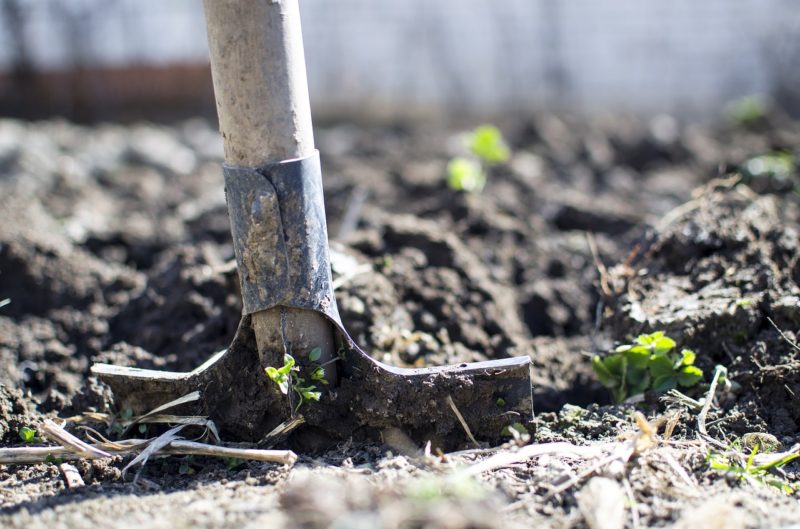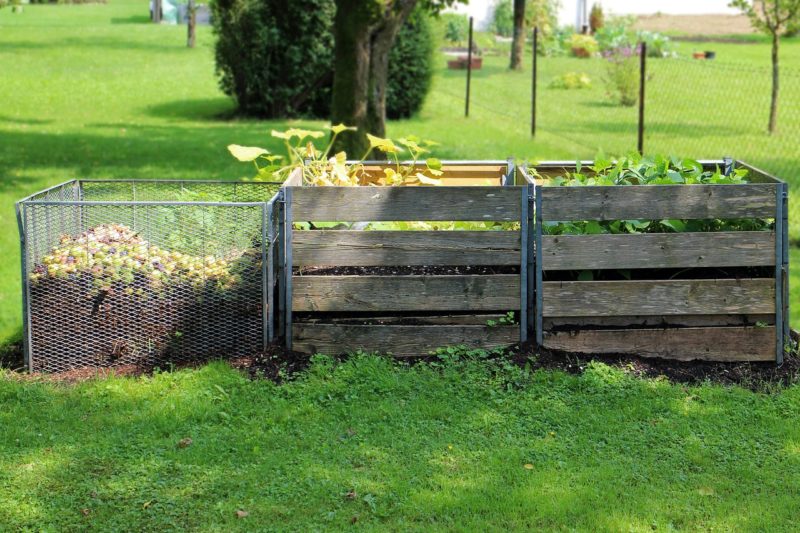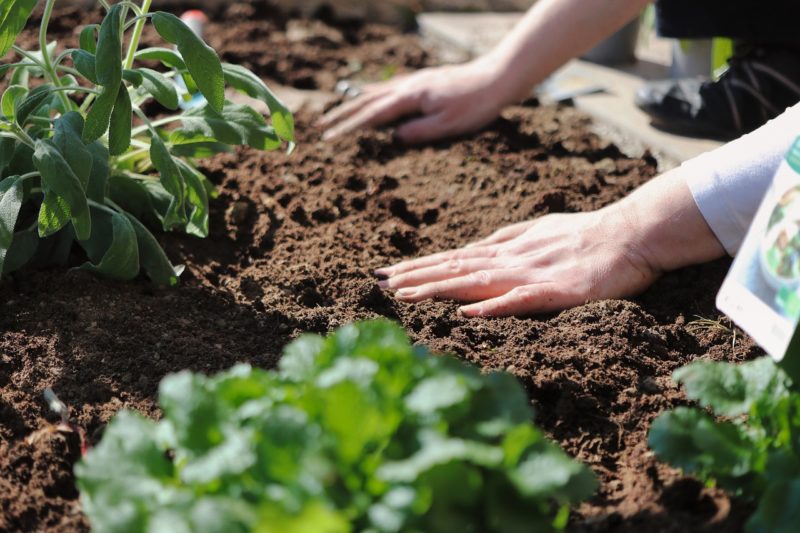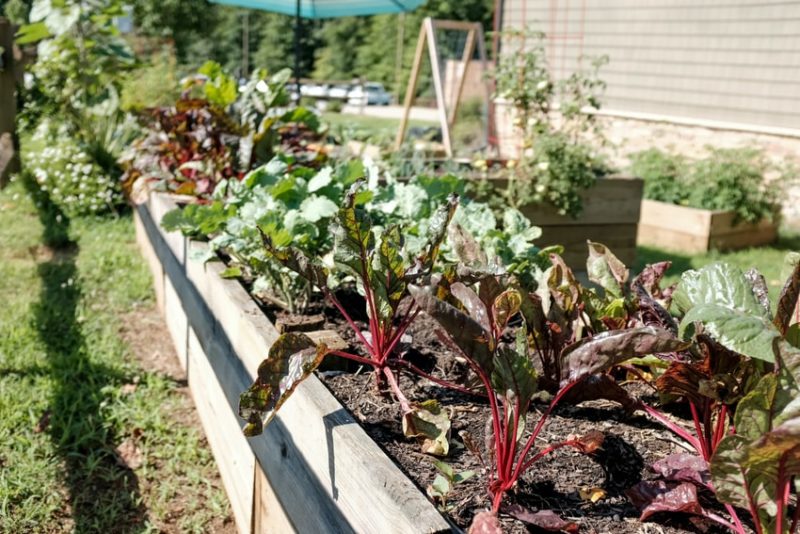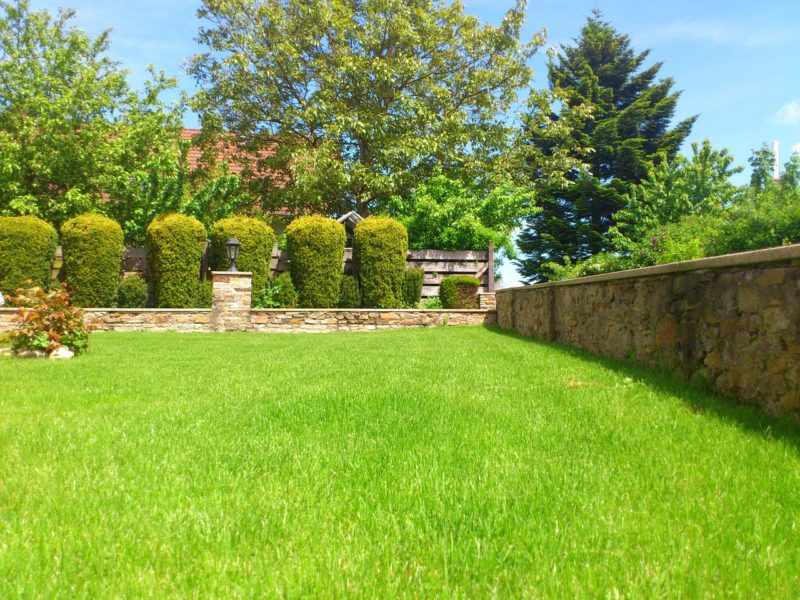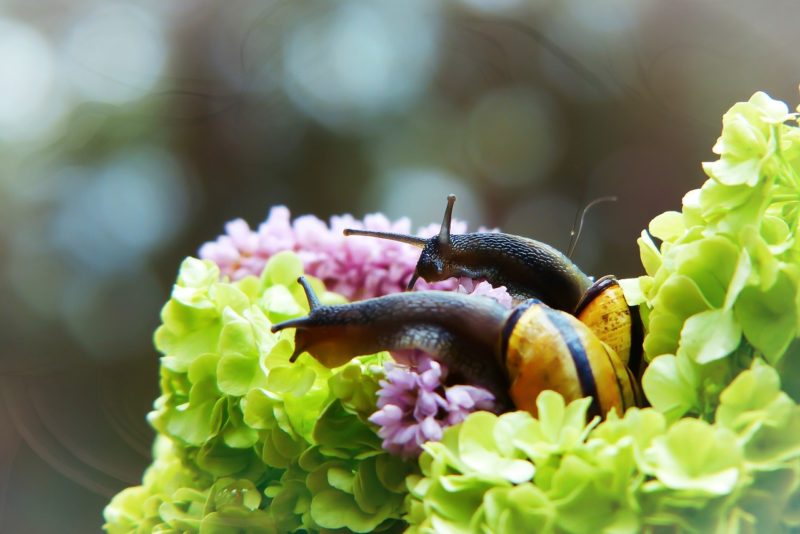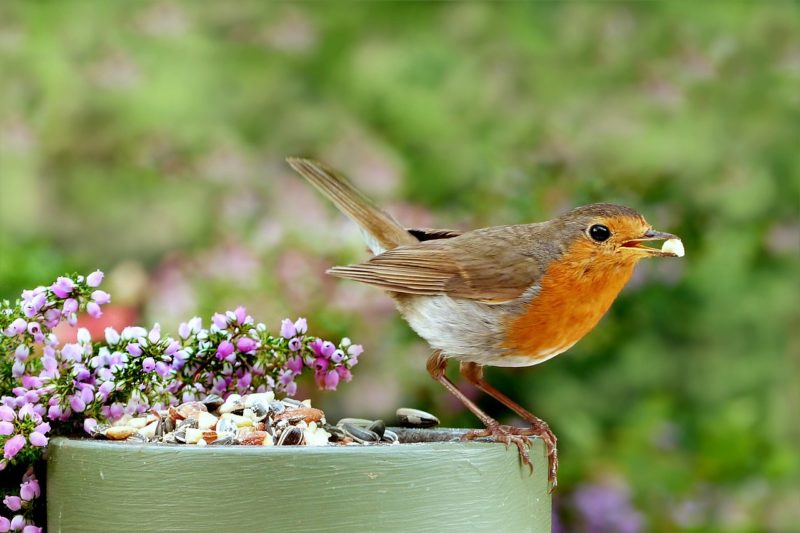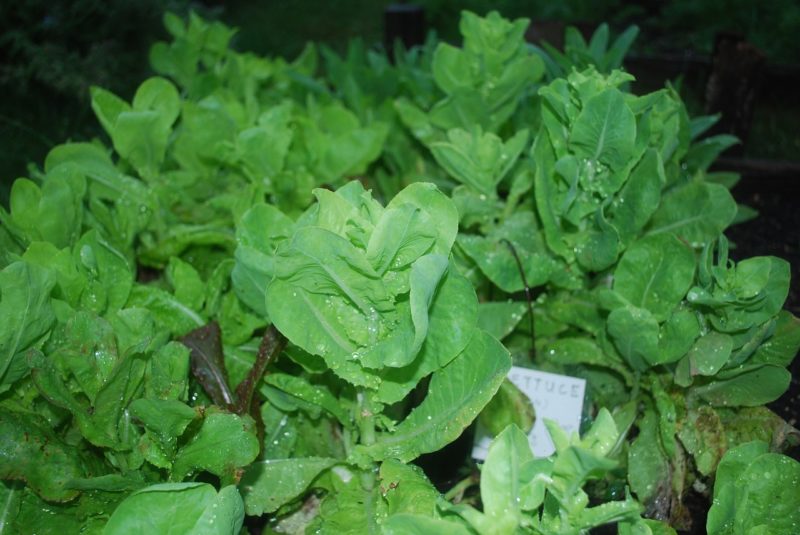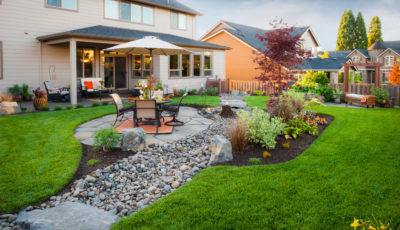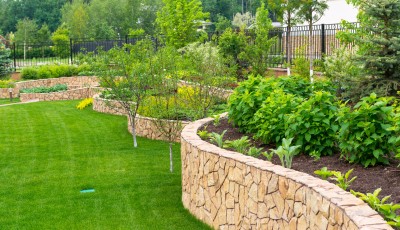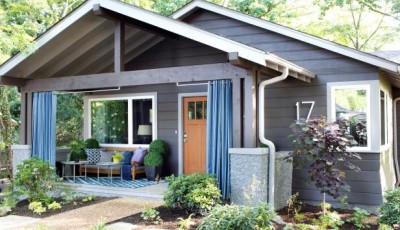8 Gardening Tips for Beginners: What to do with your First Garden
If you’ve lived your entire life in a flat and have only just moved into your first house, you are likely equal parts captivated and terrified by your garden. Even if it’s not much more than a bit of grass and a couple of plants, it will need to be maintained and kept up throughout the year, and your inexperience will soon start to tell.
You may soon however discover that gardening is a relaxing and highly rewarding activity and want to start a little herb or flower garden of your own. Before you get there though, here are our tips on gardening for beginners, and how to make sure you get to that green fingered stage.
1 – Learn more about your garden
As a complete noob, you are not likely to understand the role different kinds of soil and the way the sun hits your garden have to play. You’ll learn over time, but for starters, identify which way your garden is facing (north or south), and what kind of soil you have.
You will need to do a soil test, which will tell you what kinds of plants you can grow and where. Armed with this information, you can start sourcing seeds and bulbs.
2 – Start composting
It will take around a year for kitchen and garden waste to turn into compost you can use to feed your plants, so you’d better start early. Select an appropriate area at the back of your garden, ideally in the shade, where you will house your compost bin(s).
Make sure you carefully consider what goes in there. Animal products are a huge no, but any fruits and veggies that have spoilt and their scraps can be composted for future use. You can also compost coffee filters and tea bags (if the bag has been made from natural material), and all sorts of other house and garden items you would normally throw in the trash.
3 – Start small
Once you see your first plants sprouting, you’ll want to plant some more. However, it’s always the best idea to start small and work your way up to a versatile kitchen garden over time. Your first plants may not survive, you may discover you’re feeding them the wrong kind of food, or that you have a wildlife problem and all your hard work ends up feeding the local rabbits.
Write down what you learn as you go, and implement everything you’ve learned when you next plant the same plant.
4 – Read a lot
You want to carefully plan what you want to plant in your garden. Different seeds need to be sown at different times of the year, in different kinds of soil, need varying amounts of water, and there is no way for you to know this if you’ve never kept a garden before.
There are numerous very informative books you can purchase that will teach you the basics, and you can then diversify or specialize your knowledge further. Talking to your neighbours who’ve had their gardens for longer can also be of great help, as they’ll already be familiar with the weather conditions and the kind of soil that is specific to your local area.
5 – Schedule in regular maintenance
Whether or not you choose to start planting and growing something in your very first year, there are gardening tasks that need to be tackled regardless. The grass needs mowing, the hedges need trimming, and you don’t want either to grow out of control.
Get yourself a hedge trimmer you are comfortable using. Some models can be absolutely terrifying, so a small and safe model is your best bet for starters. A model that can also be used for trimming grass can solve both of your gardening needs in one fell blow too.
6 – Discover the pest threat
Every garden will be threatened by some kind of pest, you just need to discover what yours is most exposed to. Maybe you get a slug or snail infestation, maybe your plants are attacked by aphids, or maybe the aforementioned rabbits can get in and nibble at your carrots.
When you do discover what the threat is, make sure you prevent it in a way that is not harmful to wildlife or your actual garden. Don’t use harsh chemicals, focus on natural solutions and ways to prevent animals from encroaching on your territory.
7 – Tend to the wildlife
Even though you consider your garden an extension of your home, the wildlife that lives in your area will rightfully consider it their own. You can’t expect them to stay out and rob them of their habitat. You need to find a way to coexist, and be kind to the animals you share your living space with.
Leave out some seeds for the local birds, make sure the bees have some pollen to access, and ensure the habitat you offer catters to you local animals. Of course, prevent the mice and rabbits from getting to the plants, but do so in a safe-for-them way.
8 – Label everything
Finally, you want to make sure you know what is what in the garden, and when things have been planted. You can get yourself some simple reusable sticks you can write the name of the plant on, and keep a gardening journal that details what kinds of seeds you’ve planted, where you’ve sourced them from, and when you planted them.
Color code your name-sticks if you plant the same seeds more than once, just so you can keep track of progress and what works best for which plant.
To sum it up
Gardening is by no means easy. It requires a lot of knowledge and effort, and you may end up disappointed even when you have done everything right. However, practice makes perfect, and there is nothing quite like heading outside to pick yourself a tomato for your lunch salad, or grabbing some rosemary or thyme for the roast.
Be patient, learn from your mistakes and the experiences of your neighbors, and you’ll soon find yourself looking at raised beds and greenhouses.

